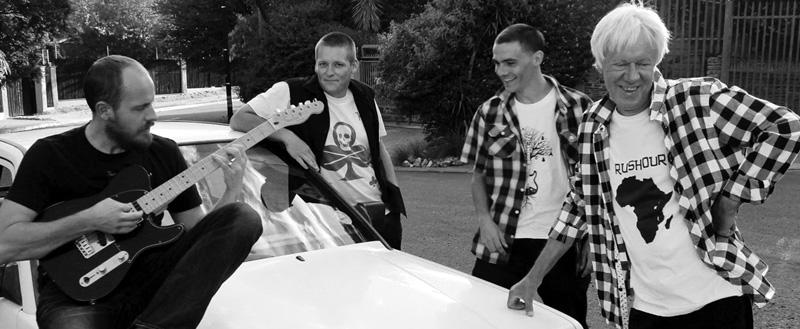
Offbeat – 19 January 2012
The little dears don’t eat people: their teeth are too underdeveloped to break skin when they bite, usually. And they prefer sweet stuff, or mushy carrots.
According to Reverend Sabine Baring-Gould’s seminal work on lycanthropy and metempsychosis for badly damaged folk, ‘The Book of Were-Wolves’, published in 1865, I am doing fine at repressing my nature. Don’t haul out the silver bullets just yet: we’ll get to the explanation of my assessment of myself in a minute or two, or a few more if you are a slow reader.
.Werewolves aren’t really my thing. Part of the reason is literary: the disappointment of wading through Herman Hesse’s turgid ‘Steppenwolf’, only to find that the protagonist doesn’t sprout hair and eat half of the Magic Circus. On a biological level, the thought of eating people at full moon doesn’t appeal, and the ability to scratch behind my ear with a hind leg doesn’t seem like much of a benefit either. Arms and fingers work just fine for me, with a ruler for the hard-to-reach bit on the middle of my back.
Even so, Baring-Gould’s book is a good read, with a succinct look at metempsychosis in various branches of mythology, heading into the hairy folk and on to the creatures that look superficially human. Note that the hair, snout and act of running on four legs seems to be fairly superfluous if you are the sort of creature who wants to eat other humans: there are plenty of documented examples across the ages to prove this point.
Keeping with that train of thought, Baring-Gould observes that, during the later dark ages, there was also the belief that many werewolves grew their fur beneath their skins. It may not be a literal truth nowadays, but taken as a metaphor it still holds a lot of water.
Baring-Gould, in a subtle way which would not have offended the sensibilities of polite Victorian society, tells us that everyone is born with the proclivities of a werewolf. Cruelty, or savagery, the hallmark of the werewolf, come easily to a child. Battering a little playmate with a toy, or stomping on a bug for the amusement of seeing it stop moving, are not things that very young children think twice about.
If you doubt me on this, you need to spend a bit more time with young children. Don’t worry though. The little dears don’t eat people: their teeth are too underdeveloped to break skin when they bite, usually. And they prefer sweet stuff, or mushy carrots.
The point that Baring-Gould makes is that abandonment of that cruelty is a matter of education. It isn’t very nice to be cruel to others, and it is even less nice to enjoy being cruel. These are lessons that children should learn. And yet, in your experience, and in mine, there are people who obviously take pleasure in seeing the hurt that they inflict on others. It’s a universal thing.
More disturbing is the revolting ‘I-told-you-so’ variety of human, the kind of diseased scum who don’t have the courage to admit their pleasure, but instead sublimate the impulse into an unctuous sense of self-righteousness, which gives honest whistle-blowers a bad name.
I’m sure you came across the sort on the playground at school, and saw the half-hidden smile and the gleaming triumph in their eyes as you got into trouble. I’m sure you still see them today, their natures showing through the veils of professionalism, religion, morality or ‘concern for the family’. Does the amount of planning that goes into their pleasures trouble you as well?
The desire to be cruel never really goes away. All it takes is a moment of irritation to arouse it. The challenge is not to be cruel and not to lash out. Relax. I’m safe. Self control is everything. Now put away those silver bullets.
The popular myth of the werewolf tells the story of an individual who is subject to a change which is beyond his or her control. The confused canine is often treated in a sympathetic manner. With a bit of thought, it seems unjust to say that these mythical creatures are the epitome of evil.
In fact the real evil lies in the narcissistic impulses and damaged pleasures of the worst of the human species, the ones who walk among us wearing their fur under their skins.












































